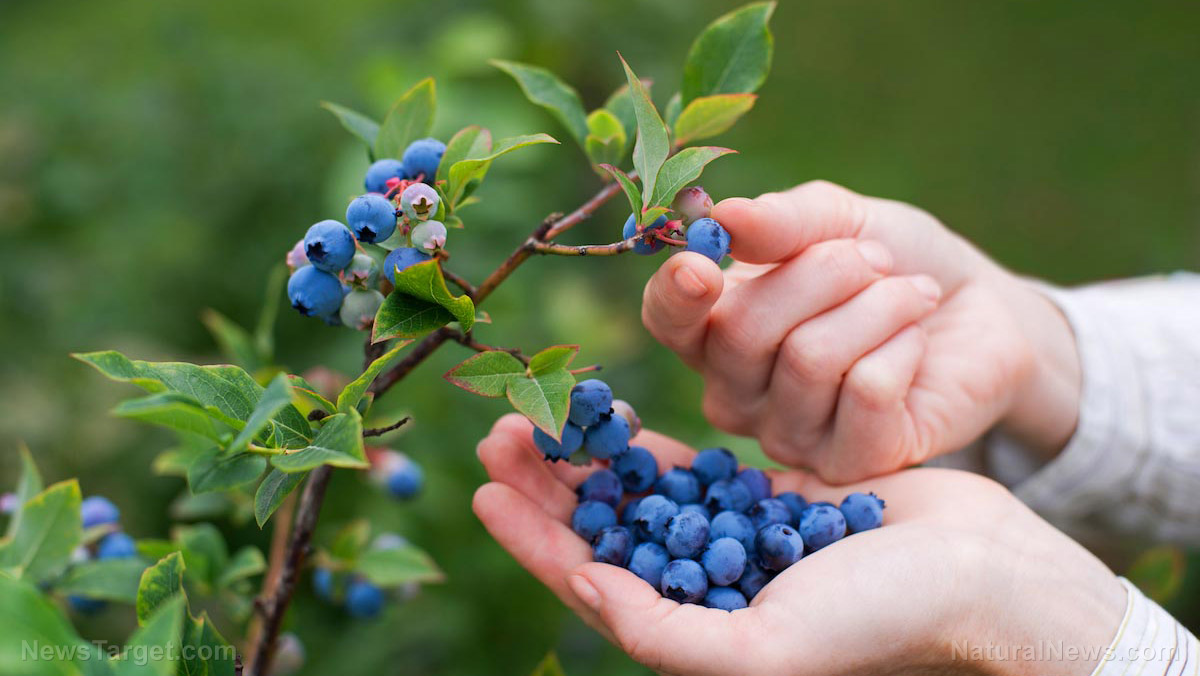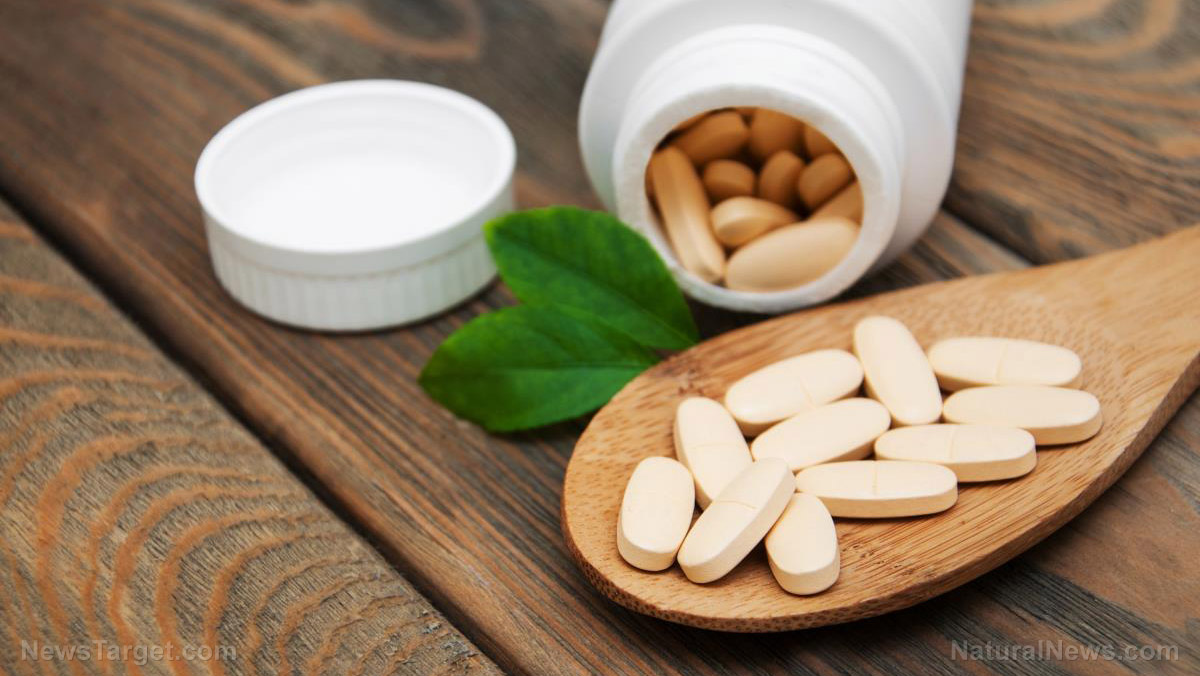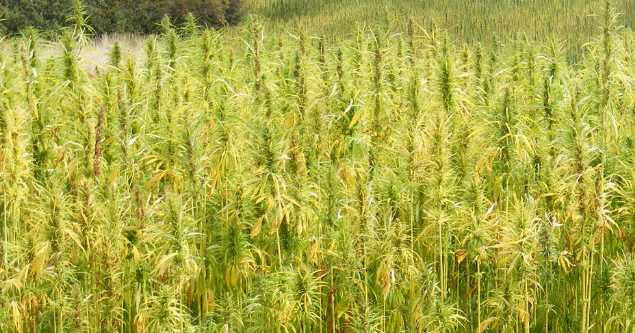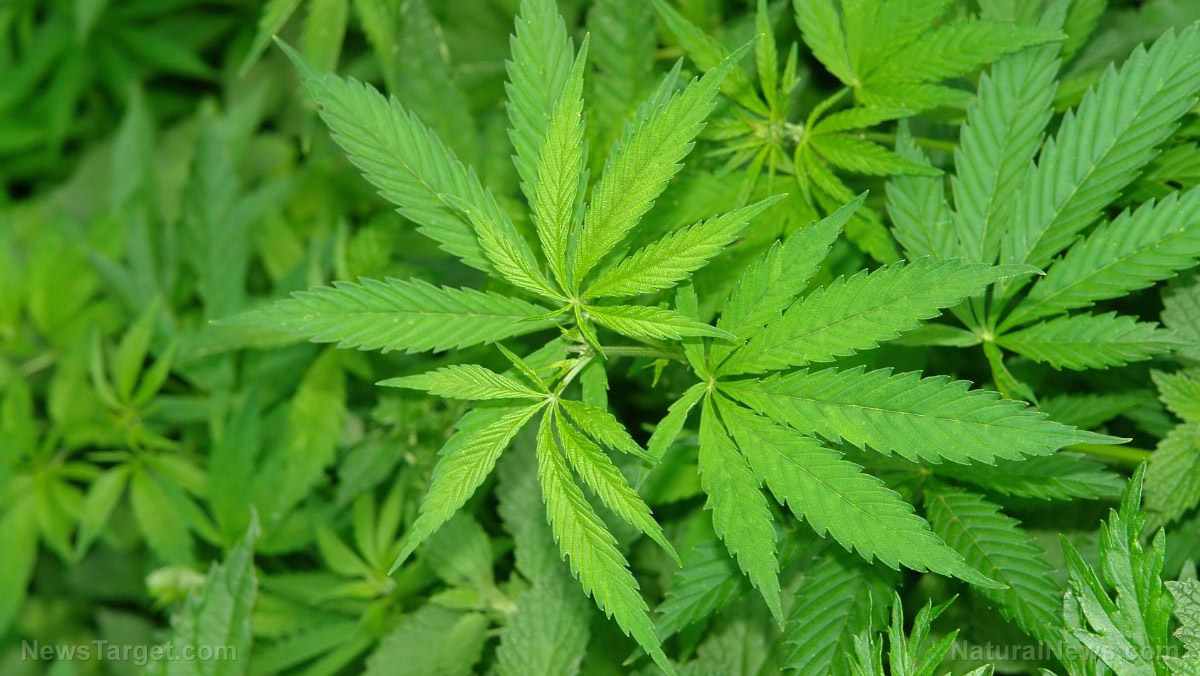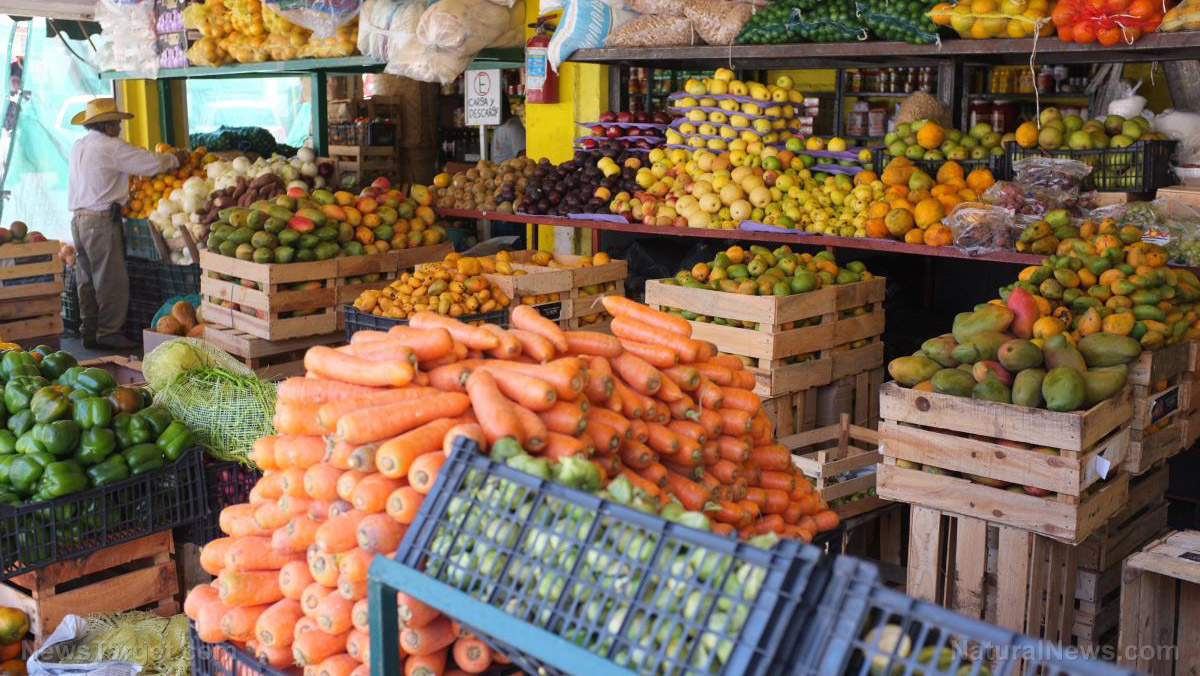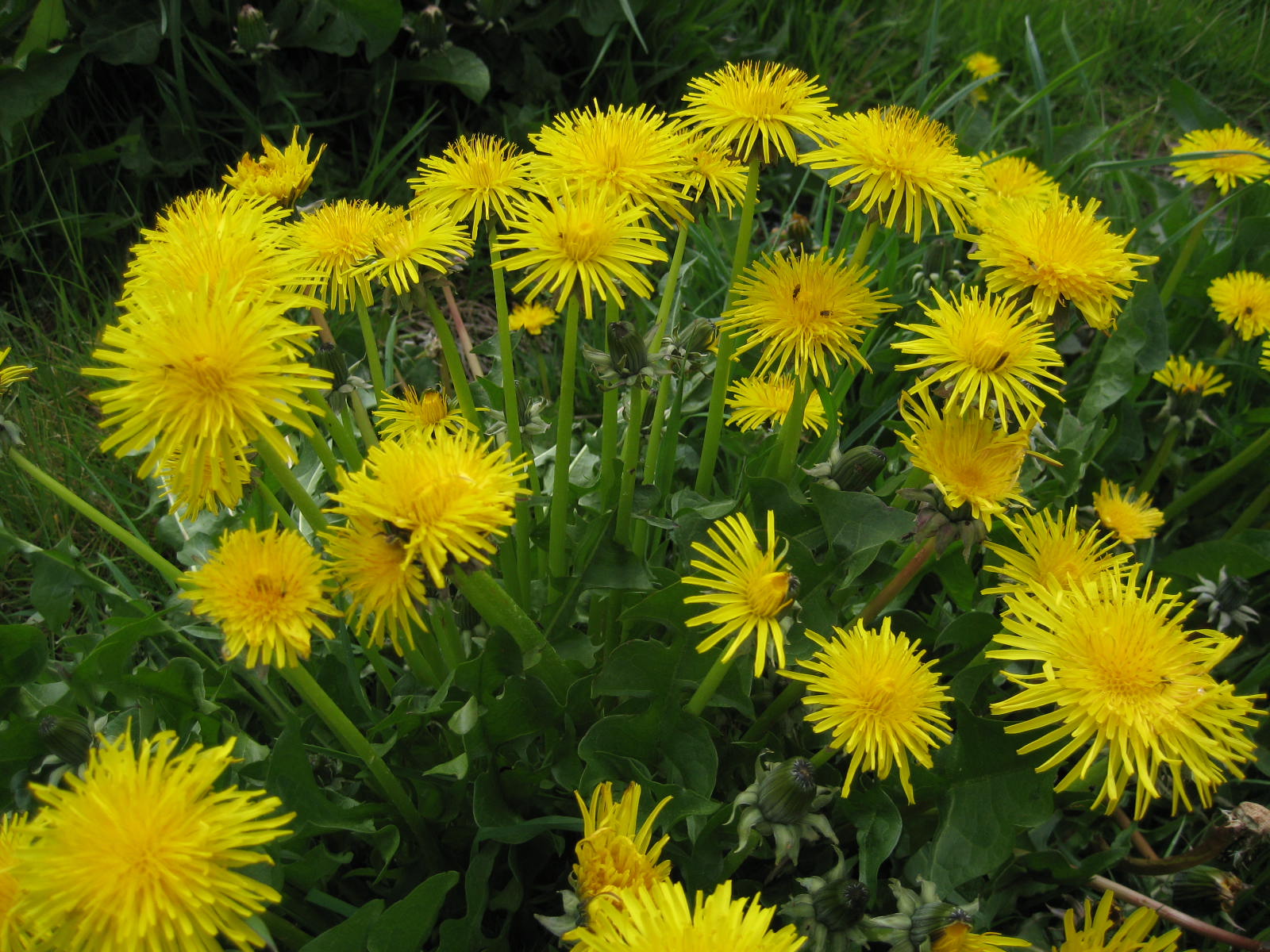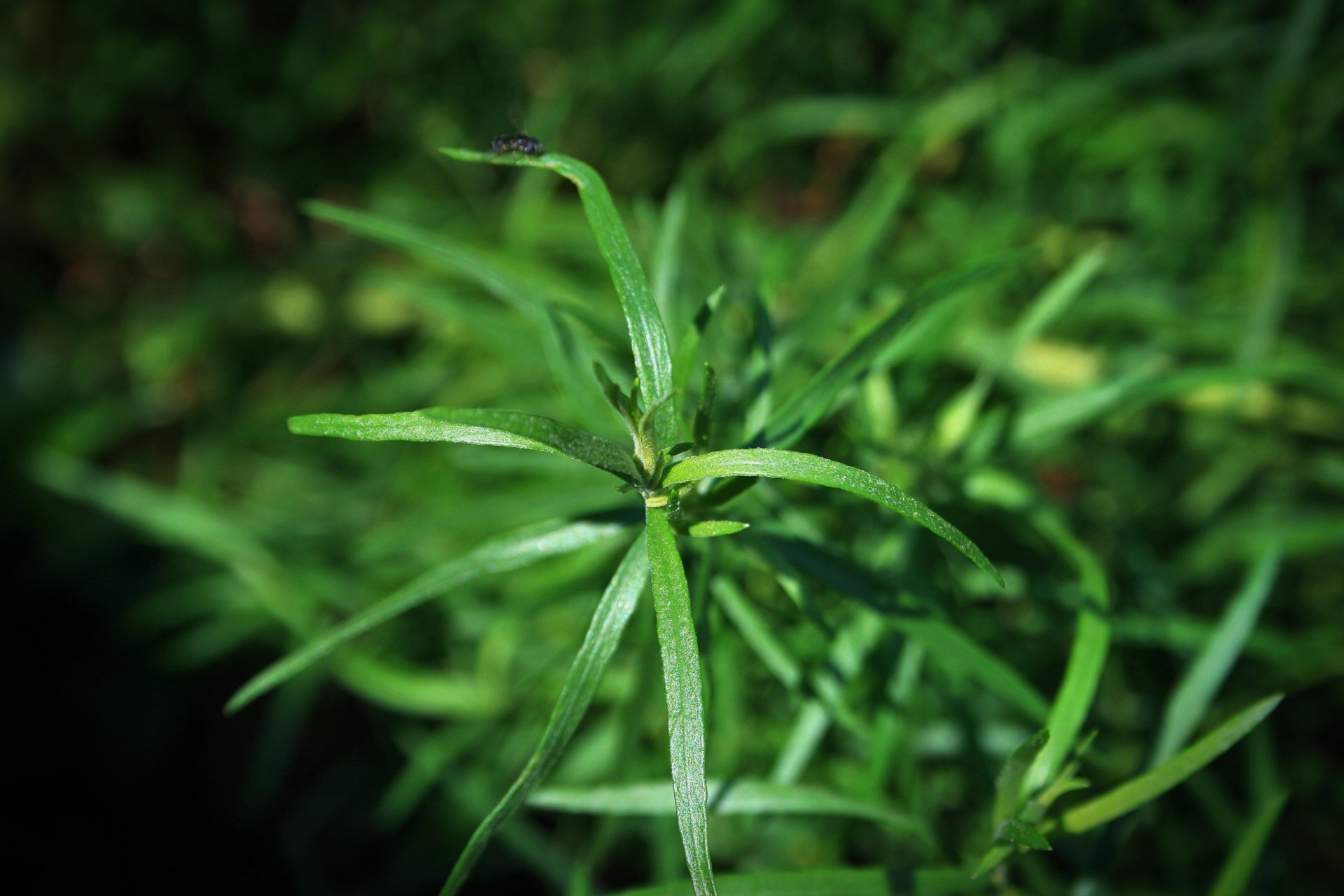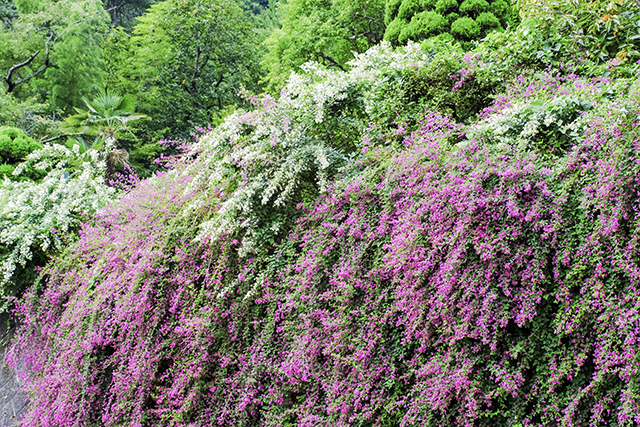You can take your homesteading skills up a notch by learning about hydroponics, or the method of cultivating plants without soil. This subset of hydroculture utilizes mineral nutrient solutions in water. Hydroponics is possible even if you live in a homestead, and you don’t need fancy equipment. Just use containers like Mason jars. Hydroponics requires some patience, but it is an affordable way of cultivating herbs and vegetables. (h/t to Survivopedia.com)
The benefits of hydroponics
If you can grow vegetables in a garden, why should you bother with hydroponics? First, growing plants in jars is a reliable way of controlling the vegetation that you have to cultivate. This way, you don’t waste time and resources on a whole plot of tomatoes if all you need is a couple of plants.
You can also save time by eliminating the need to plant seeds in soil. Just clip some stems, set up the jar, insert the clipping, then leave the jar where it can get some sunlight.
Hydroponics also minimizes the chances of houseplant death, which is often caused by over- or underwatering or fungus or bacteria in the soil. Simply refill the water in the jar when needed.
Lastly, plants in jars is a space-saving way of cultivating herbs and plants. (Related: Verticle indoor ‘Hydrogreens’ – the high-density ‘savior’ of the organic farming future.)
When it comes to deciding what kind of plant to grow in jars, don’t forget balance issues. Think of how big the adult is going to get before you decide. You also don’t have to restrict yourself to Mason jars. Any clear glass container will work, as long as you cover the roots, support the plants, and ensure that the plant gets enough sunlight. A bottle will even work since the neck can support the stalk or stem.
If you’re going with a heavier or bulkier plant, put rocks or sand in the bottom of the jar/container. This will weigh it down so it can support the plant. While it’s ideal to grow smaller plants, you can improvise if you want to grow bigger vegetables.
How to grow plants in jars
Don’t feel pressured if you’re new to hydroponics – just remember that the jars must be weighted and that with some plants, their roots need something “to grow into for stability.”
- Choose your medium. You can use anything waterproof, non-toxic, and with some weight in it to put in the bottom of the jar. You can also fill the jar until it’s half full, but leave some room for the plant.
- Put a piece of charcoal in the jar. A small piece will do to keep the water clear.
- Combine water and some water-soluble diluted plant food or fertilizer. Since there’s no soil in the jar, put in only one-third of the suggestion on the bag. Consider using an organic hydroponic mix.
- Add the cutting. Remember to cut at least eight inches away from the tip of the stem and “cut it at an angle right above a joint.” Trim off everything, but leave two sets of leaves, which the plant will need to photosynthesize. Submerge the bottom half of the plant in the jar.
- Leave the jar on a sunny windowsill.
Be patient because it will take at least several weeks before the plant grows a healthy root system. After a week or two, you’ll see some hairy little sprouts starting from the tip of the stem.
If you’re looking for suggestions, considering growing these herbs in jars:
- Chamomile – Used for its calming and anti-inflammatory properties.
- Lemon balm – Can help relieve anxiety, aid digestion, and improve sleep. Lemon balm requires plenty of sunlight.
- Rosemary – A medicinal herb that can also add flavor to dishes. Rosemary grows in sunlight or partial shade, but it thrives in full sunlight.
- Stevia – A natural sweetener, stevia grows well in sun or shade.
Remember that some plants need less light than others, so grow cuttings based on your location. Experiment with various cuttings and herbs to see what suits your needs best, but make sure you put it in a big enough jar.
You can learn more about homesteading and aquaponics at Homesteading.news.
Sources include:
Survivopedia.com
FoodyVerticalGarden.com


